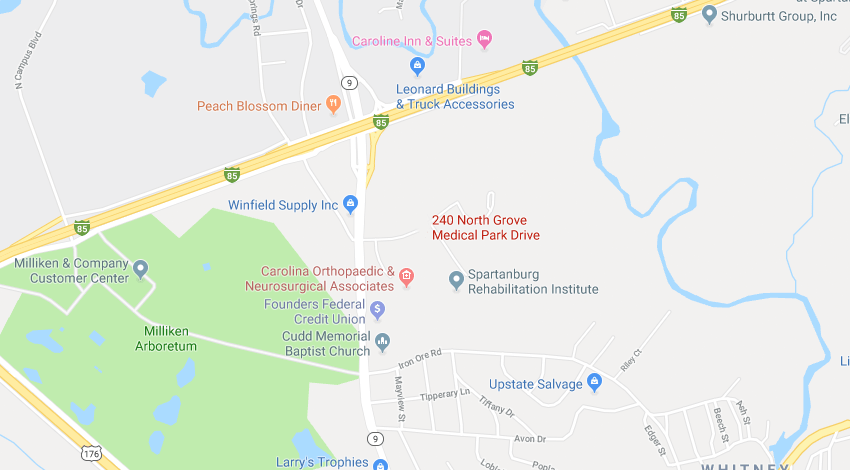IV Sedation Tour
Most dental procedures in children are completed using local anesthesia. However, very young, fearful, or uncooperative children require sedation. Depending on your child’s health history, temperament, age, and dental care needs, Drs. Michael, Holly, Erin and Kate will recommend the type of sedation that is best for your child. Safety will be the number-one priority in every aspect of your son or daughter’s care.
Before the Procedure
After IV sedation is recommended, our office staff will call you to discuss your little one’s current medical history, give you pre-sedation information and instructions, and discuss the IV sedation procedures with you. Our pediatric anesthesiologist will review each child’s medical history and may call you if more information is needed.
Children with very complex medical conditions may need to have their dental procedures performed at a hospital. When considering a medical or dental procedure for your child, you deserve to have all your questions answered and all your concerns addressed prior to the procedure.
Please feel free to call our office to discuss your child’s procedure; we can also arrange a preoperative call with the pediatric anesthesiologist.
On the Day of the Procedure
When you arrive for your child’s care, the nurse will ask when was your youngster’s last meal, review the medical history, and explain what to expect. After all your questions are answered, you will be asked to sign the sedation anesthesia consent.
Your little one will be distracted with toys and/or video games while flavored sleepy air or a twilight medication injection are administered. After he or she is asleep, an IV will be placed for continuous administration of anesthesia medications until the dental procedure is completed.
We recommend you do not tell your child about the IV because, in our experience, this only increases anxiety and may make the patient more resistant. We like to make it a fun experience for your youngster to make future dental visits go smoothly.
You will not be able to come in the room while your child is being sedated. This is solely for his or her safety. Our doctors will be accompanied by a medical team who will be caring for your child.
During the Procedure
Your son or daughter will have EKG, blood pressure, breathing, and oxygenation monitors throughout the procedure. The sedative medication infusion is continued throughout the dental treatment. Nitrous oxide in oxygen provides your child with additional pain relief for the minor discomfort associated with the dental treatment. The dentist will inform you if local anesthesia was used.
At the End of the Procedure
At the end of the dental treatment, the IV medicine is turned off, and the IV and monitors are removed as your little one begins to awaken.
You can be with your child as he or she wakes up. Our recovery nurse will monitor your child’s progress and review the discharge instructions and home care with you. It usually takes about 30 to 60 minutes before the patient will be ready to travel home.
Your little one may be sleepy and dizzy for 3 to 4 hours. Children can drink and eat soft foods soon after the procedure. Nausea and vomiting are rare.
Expect a follow-up call from us to check on your youngster’s progress.
Content courtesy of our partner, Pediatric Dental Anesthesia Associates




